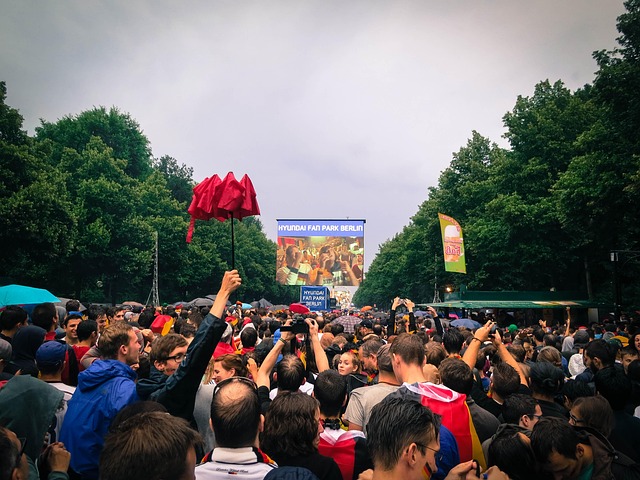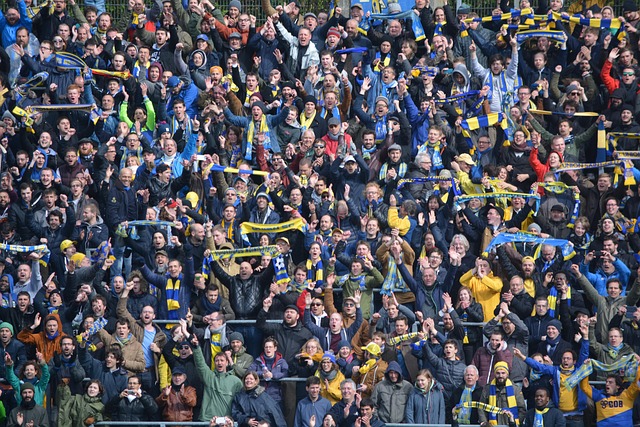On June 4, 2025, during the Royal Challengers Bengaluru (RCB Stampede report) victory celebrations outside M. Chinnaswamy Stadium in Bengaluru, a tragic stampede left 11 dead and over 50 injured. On July 17, the Karnataka government submitted a scathing investigation report to the High Court, placing primary blame on RCB, its event partner DNA Entertainment, and the Karnataka State Cricket Association (KSCA)

Key Findings of the Government on RCB Stampede Report
- No Legal Permission Sought
The event was organized without legally required clearance. RCB failed to apply for formal licenses mandated by the 2009 regulations—informing police just a day before the event was insufficient. - Social Media Fueled Crowd Surge
Viral posts and a video featuring Virat Kohli inviting fans to a free-entry event amplified turnout. The video alone garnered millions of views within hours, contributing to unpredictable crowd behavior. - Massive Overcrowding
While stadium capacity was 35,000, an estimated 3 to 4 lakh fans descended on the area. Poor gate management, delayed openings, and conflicting messages led to panic. - Safety Mechanisms Absent
Critical elements like signage, crowd marshals, loudspeaker instructions, medical tents, and trained staff were missing. Coordination with traffic and medical teams was reportedly minimal. - Prior Knowledge, No Action
While authorities had traffic and crowd-control plans, they were not scaled for such numbers. The event continued despite clear security risks. - Post-Incident Actions
FIRs filed against RCB, KSCA, and DNA Entertainment for criminal negligence and culpable homicide. Arrests have been made, key police and administrative officials have been suspended or reassigned. - Judicial Review Demanded
The High Court refused to keep the report sealed and ordered its public release, emphasizing transparency. The report was officially shared with RCB, KSCA, and DNA Entertainment for their input.
Also Read : Supreme Court Slams High Court’s Bail Order for Darshan: “Not Convincing” Discretion

Legal and Administrative Reactions
- The High Court directed authorities not to file chargesheets without court approval, pending comprehensive investigation.
- The Central Administrative Tribunal (CAT) found RCB Stampede report primarily responsible and criticized mechanical suspensions of police officers without adequate evidence.
- High Court questioned the government on nine procedural aspects—authorisation, medical readiness, crowd estimates, permissions, and emergency response..
The state cabinet is scheduled to review Justice D’Cunha’s probe findings on July 17, as these recommendations are set to guide future policy changes.
At-a-Glance Summary
| Area | Key Issues Highlighted |
|---|---|
| Permissions & Legal | No formal license; mere “intimation” was insufficient under law |
| Crowd Mobilization | Social media and Virat Kohli video triggered massive turnout inside short span |
| Safety Planning | Non-existent gate controls, lack of signage, no medical setup |
| Event Continuation | Parade went ahead despite evident chaos and ignored traffic-crowd risks |
| Administrative Failures | Delayed police coordination; sudden suspensions flagged as unfair by tribuna |
FAQs
What triggered the RCB stampede report outside Chinnaswamy Stadium?
An unapproved victory celebration was promoted via social media and a Kohli video, drawing over 3 lakh fans—far beyond capacity—without planning or permissions.
Who is being held responsible for the tragedy?
The report blames RCB franchise, DNA Entertainment, KSCA, and some local officials. Failures include planning, crowd control, safety protocols, and clear messaging.
Why did High Court demand public release of the RCB Stampede report?
The High Court ruled the document contained “perceived facts” and lacked grounds for confidentiality, emphasizing fairness and transparency.
How has the government responded administratively?
FIRs were filed, arrests made—including RCB officials—and multiple police officers were suspended or transferred. Compensation and medical support were also provided.
What next after submission of the report to the High Court?
The government’s report is under judicial review, cabinet decisions will follow based on D’Cunha Commission’s recommendations, and EC orders may set new event protocols. Legal proceedings with affected parties continue.
Final Thoughts
The tragic stampede has spotlighted critical failures—ranging from decision-making, lack of coordination, to event promotion without oversight. This High Court-read report serves as a wake-up call: public events of this scale demand planning, permissions, protocols—and transparency. For RCB, KSCA, DNA, and government authorities, the legal and reputational fallout is just beginning.
